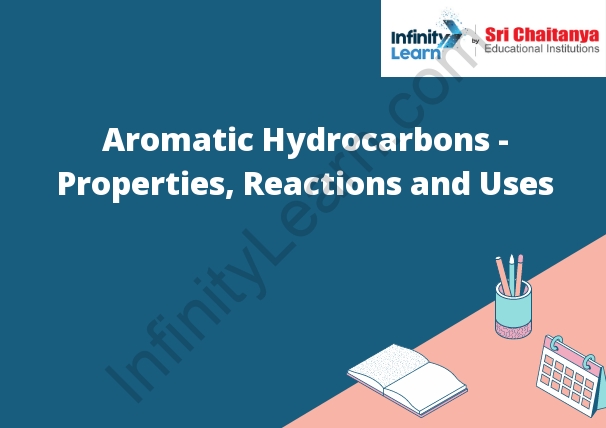Table of Contents
What are Aromatic Hydrocarbons?; Properties of Aromatic Hydrocarbons; Reactions of Aromatic Hydrocarbons;
Aromatic hydrocarbons are a group of hydrocarbons that have a benzene ring in their structure. These molecules are highly stable and have a number of unique properties.
Aromatic hydrocarbons are nonpolar and insoluble in water. They are typically colorless and have a sweet odor. They are flammable and can be toxic.
Aromatic hydrocarbons are typically very stable molecules and do not react with most other substances. However, they can be oxidized to form aromatic acids. These molecules are also used as precursors in the production of polymers and other chemicals.

Aromatic Substitution Reactions
An aromatic substitution reaction is a type of organic reaction in which an atom or group of atoms in an aromatic ring is replaced by another atom or group of atoms. In most cases, the reactant that is substituted is an electron-deficient atom or group, such as a halogen atom. Aromatic substitution reactions are typically classified by the type of atom or group that is substituted into the aromatic ring. Some of the most common types of aromatic substitution reactions are halogenation, nitration, sulfonation, and alkylation.
Coupling Reactions
Coupling reactions are reactions in which two small molecules combine to form a larger molecule. The two molecules that combine are called “couplers.” The larger molecule that is formed is called a “coupled product.”
Coupling reactions are used to create new molecules that can be used to make drugs, plastics, and other products. They are also used to create new molecules that can be used as fuel.
Hydrogenation Reactions
In a hydrogenation reaction, hydrogen gas is added to a molecule to add hydrogen atoms to the molecule. This process is used to convert unsaturated fatty acids into saturated fatty acids. The hydrogenation reaction is used to produce margarine and other hydrogenated fats.
Properties
Aromatic hydrocarbons have a number of unique properties. They are very stable and do not react easily with other chemicals. They are also non-polar, meaning they do not dissolve in water. This makes them useful for creating solvents and other chemicals. Aromatic hydrocarbons are also responsible for the characteristic smell of many plants and flowers. This is because they contain molecules that are able to interact with the human nose.
Applications
Aromatic hydrocarbons are used in a number of different applications. They are used in the production of plastics, tires, and other synthetic materials. They are also used as solvents and in the manufacturing of pharmaceuticals and other chemicals.
Uses of Aromatic Hydrocarbons
Aromatic hydrocarbons are a group of organic compounds that contain a benzene ring. They are found in natural and artificial flavors, and are used as solvents, in the production of plastics, and in other industrial applications.
Benzene is a colorless liquid with a sweet odor. It is used as a solvent in the production of plastics, and as a degreasing agent in the manufacturing of rubber and other products. Benzene is also used as a fuel additive to increase the octane rating of gasoline.
Toluene is a colorless liquid with a sweet odor. It is used as a solvent in the production of paints, lacquers, and varnishes. It is also used as an octane booster in gasoline.
Xylene is a colorless liquid with a sweet odor. It is used as a solvent in the production of paints, lacquers, and varnishes. It is also used as an octane booster in gasoline.






